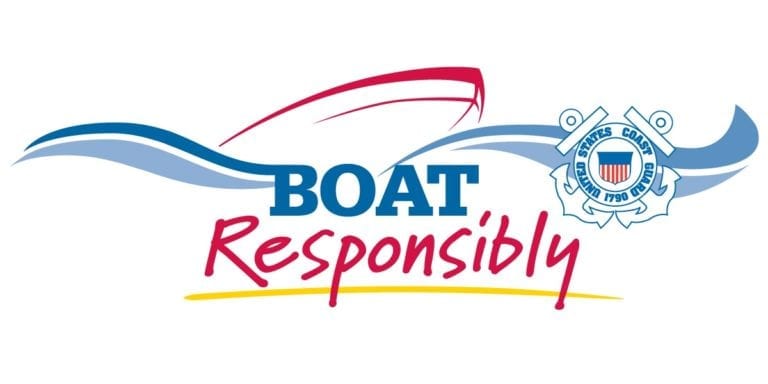dv_damian57
Active Member
- Messages
- 32
- Reaction score
- 10
- Points
- 27
- Location
- Cape Coral, FL
- Boat Make
- Yamaha
- Year
- 2019
- Boat Model
- SX
- Boat Length
- 19
So, Im new to boating. My biggest fear was actually the boat ramp. Seen too many issues on youtube, that part had me a little nervous. Well, after being out twice now the biggest issue Im finding its wether I should accelerate or slowdown when a coming boat wake comes towards me. Ive been looking online for videos that explain what the proper process is but I found nothing online to my surprise. Any suggestions or videos?




